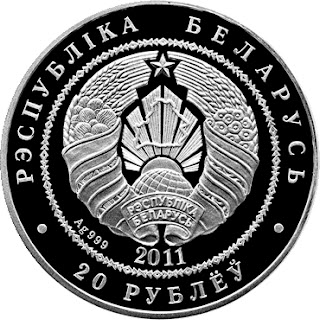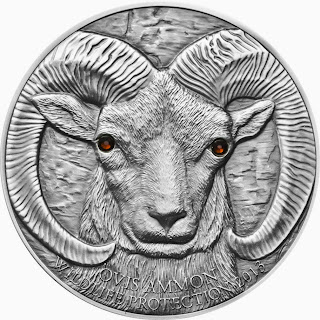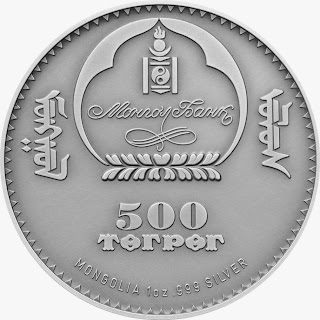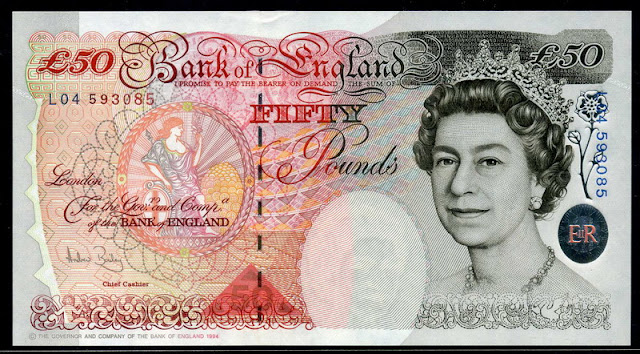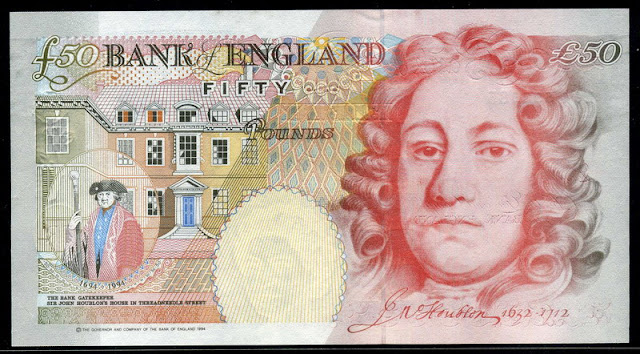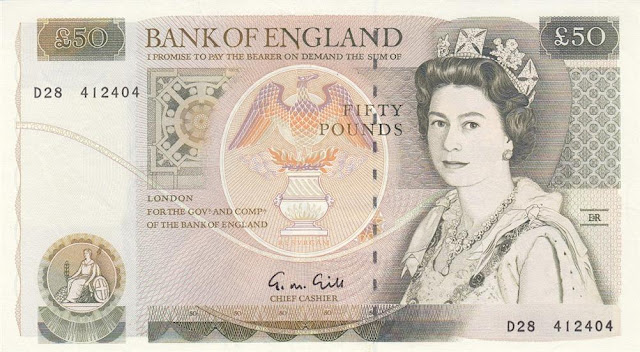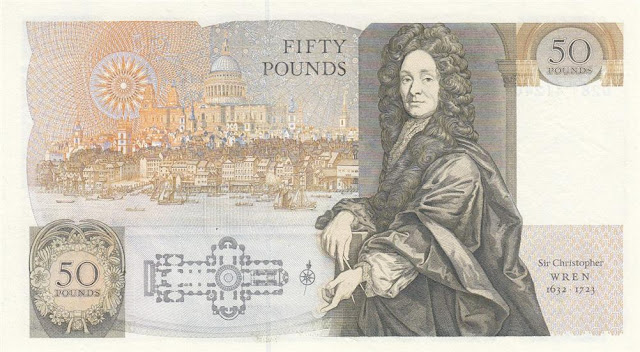Polish Commemorative Coins 10 zloty of 2005, Sailing Vessel "Dar Pomorza" - History of the Polish Zloty - 5-zloty coin of the year 1936.
Obverse: At the top: on the right-hand side, an image of the Eagle established as the state emblem of the Republic of Poland, on the left-hand side, a semicircular inscription, RZECZPOSPOLITA / POLSKA. Below: on the left-hand side, the image of the obverse of a 5-zloty coin of the year 1936, and on the right-hand side, the image of the sailing vessel "Dar Pomorza". Below the sailing vessel, a notation of the year of issue, 2005. An inscription, 10 Zl, at the bottom. The Mint's mark, under the Eagle's left leg.
Reverse: An image of the reverse of a 5-zloty coin of the year 1936 with the image of the sailing vessel. A fragment of the stylised wind rose and three stars with an ornamental relief in the background. Below, on the left-hand side, a semicircular inscription, DZIEJE ZLOTEGO (HISTORY OF THE POLISH ZLOTY).
On the edge: An inscription: 75-LECIE CHRZTU "DARU POMORZA" [75TH ANNIVERSARY OF CHRISTENING OF "DAR POMORZA"], separated by stars.
Coin designer: Andrzej Nowakowski
Face value 10 zl - Coins struck by the State Mint in Warsaw.
Metal 925/1000 Ag
Finish proof
Diameter 32.00 mm, Weight 14.14 g, Mintage 61,000 pcs
Commemorative coins of Poland 2 zloty of 2005, Sailing Vessel "Dar Pomorza" - History of the Polish Zloty - 2-zloty coin of the year 1936..
Obverse: An image of the Eagle established as the state emblem of the Republic of Poland, a notation of the year of issue, 20-05 on both sides of the Eagle, below the Eagle an inscription, Zl 2 Zl, in the rim an inscription, RZECZPOSPOLITA POLSKA, preceded and followed by six pearls. The Mint's mark, under the Eagle's left leg.
Reverse:On the background of the ornamental relief an image of the reverse of a 2-zloty coin of the year 1936 with the sailing vessel. Below, on the left-hand side, a semicircular inscription,
DZIEJE ZLOTEGO (HISTORY OF THE POLISH ZLOTY).
On the edge: An inscription, NBP, repeated eight times, every second one inverted by 1800, separated by stars.
 Designer of the obverse: Ewa Tyc-Karpinska
Designer of the obverse: Ewa Tyc-Karpinska
Designer of the reverse: Andrzej Nowakowski
Face value 2 zl - Coins struck by the State Mint in Warsaw.
Metal CuAl5Zn5Sn1 alloy
Finish standard
Diameter 27.00 mm
Weight 8.15 g
Mintage 950,000 pcs
On 27 April 2005, the National Bank of Poland is putting into circulation collector coins from the "History of the Polish Zloty" series, of the following face values:
- 10 zl - struck in proof finish in silver,
- 2 zl - struck in standard finish, in CuAl5Zn5Sn1 alloy, otherwise known as Nordic Gold.
The issue of collector coins from the "History of the Polish Zloty" series started in 2004, exactly a year ago.
The National Bank of Poland is putting into circulation subsequent coins from the aforesaid series to mark
another stage in Polish monetary history and the functioning of the zloty.
The economic difficulties of 1924 and 1925 contributed to the collapse of the zloty. The Polish currency stabilised only as a result of the positive fiscal developments and the better balance of payments, which followed the economic recovery. In October 1927 the law was passed on the change in the zloty parity, which took account of the Polish currency quotations. The ambitious parity was reduced from 0.2903 to 0.1688 gram of gold, which corresponded to a 42% devaluation. A 20-year international loan ensured further stabilisation and convertibility of the Polish currency. The zloty parity remained unchanged until the outbreak of the World War II in 1939.
The Polish economy prospered until 1929. Next, the great depression prevailed and continued until 1935.
The industrial output fell by more than 20%. A steep fall in the consumption and investment demand resulted in a drastic price decrease. Catastrophic deflation ranged between 40% and 67%. Despite serious difficulties related to the stabilisation of the balance of payments, free trade with foreign countries continued until 1936. Finally, it was decided to make the policy more restrictive and impose currency restriction. Unstable payment and zloty balance was maintained until the outbreak of the World War II owing to introduced price controls.
Of the coins issued at the end of the inter-war period, after the great depression, the silver coins deserve particular attention, especially the two "marine coins." They have the following face values: 5 zl and 2 zl and mark "Dar Pomorza" (The Gift of Pomerania).
Why is it "Dar Pomorza?"
Poland, which regained freedom following the First World War, did in fact have access to the sea but the Polish sea border was only 140 km long. It was only Gdansk that served as "a window on the world." However, the Versailles Treaty made Gdansk a Free City and it soon turned out that Poland's access to the facilities of the Gdansk port was highly impeded. A brave decision was taken to build the port in Gdynia. This small fishing village inhabited in the early 1920s by as few as 1300 people soon turned out into a large port city, one of the biggest in Europe. In 1936, the number of Gdynia inhabitants stood at more than 83,000. 15 years passed since the launch of the port construction. The decision was taken to commemorate this anniversary in 1936 and issue silver coins with "Dar Pomorza".
For about 50 years, this three-masted "white frigate" served as a training vessel of the Polish Merchant Navy
to 150 cadets each time welcomed on her board. Her history is exceptionally rich.
The sailing vessel was built in 1909 at the Blohm und Voss shipyard in Hamburg and named "Prinzess Eitel Friedrich." In 1920, the sailing vessel was transferred to France as war reparations from Germany. Under her new name "Colbert," the facility served as a French training vessel. However, in 1927 the frigate was acquired by Baron M. A. de Foreste to compensate for a supposedly extremely luxurious yacht, which he had lost during the war. In 1929, Poland repurchased the vessel from the baron with the funds raised by donations from the Pomeranian citizens. Their notable generosity was awarded with the frigate's new name. "Dar Pomorza" won fame by her world cruise in 1934-1935 and then by her sail around the Cape Horn in 1937
The coins issued in 1936 according to the design by J. Aumiller, a famous medallist of the State Mint in Warsaw, should be deemed extremely successful from the artistic point of view. Their bullion value, however, was rather small. After its devaluation in 1927, the zloty contained less gold and the circulating coins contained smaller amount of silver. Following the changes introduced in 1927 and 1932, the amount of
silver in coins was reduced and reached 44% of its initial content in 1924. Their purchasing power, however, remained very strong. The deflation which occurred during the great depression in early 1930s clearly contributed to the appreciation of the zloty. Today, the coin "Dar Pomorza" with its face value of 2 zl would correspond to as much as 15 z¸. The value of the 5 zl-coin with the sailing vessel would accordingly be greater (37.50 z¸ today).
Both coins and "Dar Pomorza" are now the history. The frigate was interned in 1939 and spent the whole
World War II in Sweden. Then, over a long period of time, she was used by the young Polish sailors. In 1972 and 1980, the vessel won the prestigious Operation Sail regattas. Since 1982, the vessel has stationed in Gdynia and continued its marine service as a stationary museum ship.
This three-masted "white frigate" was "a cradle of navigators". During her many years service she taught more than 13,000 sailors how to live their lives on the sea.
"Dar Pomorza" is indisputably one of the most beautiful sailing vessels in the world and the silver coins with "white frigate" from before the War is undoubtedly one of the prettiest Polish coins forming the ornament of numismatic collections.
| Polish Commemorative Coins 10 zloty of 2005, Sailing Vessel "Dar Pomorza"  |
Obverse: At the top: on the right-hand side, an image of the Eagle established as the state emblem of the Republic of Poland, on the left-hand side, a semicircular inscription, RZECZPOSPOLITA / POLSKA. Below: on the left-hand side, the image of the obverse of a 5-zloty coin of the year 1936, and on the right-hand side, the image of the sailing vessel "Dar Pomorza". Below the sailing vessel, a notation of the year of issue, 2005. An inscription, 10 Zl, at the bottom. The Mint's mark, under the Eagle's left leg.
Reverse: An image of the reverse of a 5-zloty coin of the year 1936 with the image of the sailing vessel. A fragment of the stylised wind rose and three stars with an ornamental relief in the background. Below, on the left-hand side, a semicircular inscription, DZIEJE ZLOTEGO (HISTORY OF THE POLISH ZLOTY).
On the edge: An inscription: 75-LECIE CHRZTU "DARU POMORZA" [75TH ANNIVERSARY OF CHRISTENING OF "DAR POMORZA"], separated by stars.
Coin designer: Andrzej Nowakowski
Face value 10 zl - Coins struck by the State Mint in Warsaw.
Metal 925/1000 Ag
Finish proof
Diameter 32.00 mm, Weight 14.14 g, Mintage 61,000 pcs
Commemorative coins of Poland 2 zloty of 2005, Sailing Vessel "Dar Pomorza" - History of the Polish Zloty - 2-zloty coin of the year 1936..
Obverse: An image of the Eagle established as the state emblem of the Republic of Poland, a notation of the year of issue, 20-05 on both sides of the Eagle, below the Eagle an inscription, Zl 2 Zl, in the rim an inscription, RZECZPOSPOLITA POLSKA, preceded and followed by six pearls. The Mint's mark, under the Eagle's left leg.
Reverse:On the background of the ornamental relief an image of the reverse of a 2-zloty coin of the year 1936 with the sailing vessel. Below, on the left-hand side, a semicircular inscription,
DZIEJE ZLOTEGO (HISTORY OF THE POLISH ZLOTY).
On the edge: An inscription, NBP, repeated eight times, every second one inverted by 1800, separated by stars.
 Designer of the obverse: Ewa Tyc-Karpinska
Designer of the obverse: Ewa Tyc-KarpinskaDesigner of the reverse: Andrzej Nowakowski
Face value 2 zl - Coins struck by the State Mint in Warsaw.
Metal CuAl5Zn5Sn1 alloy
Finish standard
Diameter 27.00 mm
Weight 8.15 g
Mintage 950,000 pcs
On 27 April 2005, the National Bank of Poland is putting into circulation collector coins from the "History of the Polish Zloty" series, of the following face values:
- 10 zl - struck in proof finish in silver,
- 2 zl - struck in standard finish, in CuAl5Zn5Sn1 alloy, otherwise known as Nordic Gold.
The issue of collector coins from the "History of the Polish Zloty" series started in 2004, exactly a year ago.
The National Bank of Poland is putting into circulation subsequent coins from the aforesaid series to mark
another stage in Polish monetary history and the functioning of the zloty.
The economic difficulties of 1924 and 1925 contributed to the collapse of the zloty. The Polish currency stabilised only as a result of the positive fiscal developments and the better balance of payments, which followed the economic recovery. In October 1927 the law was passed on the change in the zloty parity, which took account of the Polish currency quotations. The ambitious parity was reduced from 0.2903 to 0.1688 gram of gold, which corresponded to a 42% devaluation. A 20-year international loan ensured further stabilisation and convertibility of the Polish currency. The zloty parity remained unchanged until the outbreak of the World War II in 1939.
The Polish economy prospered until 1929. Next, the great depression prevailed and continued until 1935.
The industrial output fell by more than 20%. A steep fall in the consumption and investment demand resulted in a drastic price decrease. Catastrophic deflation ranged between 40% and 67%. Despite serious difficulties related to the stabilisation of the balance of payments, free trade with foreign countries continued until 1936. Finally, it was decided to make the policy more restrictive and impose currency restriction. Unstable payment and zloty balance was maintained until the outbreak of the World War II owing to introduced price controls.
Of the coins issued at the end of the inter-war period, after the great depression, the silver coins deserve particular attention, especially the two "marine coins." They have the following face values: 5 zl and 2 zl and mark "Dar Pomorza" (The Gift of Pomerania).
Why is it "Dar Pomorza?"
Poland, which regained freedom following the First World War, did in fact have access to the sea but the Polish sea border was only 140 km long. It was only Gdansk that served as "a window on the world." However, the Versailles Treaty made Gdansk a Free City and it soon turned out that Poland's access to the facilities of the Gdansk port was highly impeded. A brave decision was taken to build the port in Gdynia. This small fishing village inhabited in the early 1920s by as few as 1300 people soon turned out into a large port city, one of the biggest in Europe. In 1936, the number of Gdynia inhabitants stood at more than 83,000. 15 years passed since the launch of the port construction. The decision was taken to commemorate this anniversary in 1936 and issue silver coins with "Dar Pomorza".
For about 50 years, this three-masted "white frigate" served as a training vessel of the Polish Merchant Navy
to 150 cadets each time welcomed on her board. Her history is exceptionally rich.
The sailing vessel was built in 1909 at the Blohm und Voss shipyard in Hamburg and named "Prinzess Eitel Friedrich." In 1920, the sailing vessel was transferred to France as war reparations from Germany. Under her new name "Colbert," the facility served as a French training vessel. However, in 1927 the frigate was acquired by Baron M. A. de Foreste to compensate for a supposedly extremely luxurious yacht, which he had lost during the war. In 1929, Poland repurchased the vessel from the baron with the funds raised by donations from the Pomeranian citizens. Their notable generosity was awarded with the frigate's new name. "Dar Pomorza" won fame by her world cruise in 1934-1935 and then by her sail around the Cape Horn in 1937
The coins issued in 1936 according to the design by J. Aumiller, a famous medallist of the State Mint in Warsaw, should be deemed extremely successful from the artistic point of view. Their bullion value, however, was rather small. After its devaluation in 1927, the zloty contained less gold and the circulating coins contained smaller amount of silver. Following the changes introduced in 1927 and 1932, the amount of
silver in coins was reduced and reached 44% of its initial content in 1924. Their purchasing power, however, remained very strong. The deflation which occurred during the great depression in early 1930s clearly contributed to the appreciation of the zloty. Today, the coin "Dar Pomorza" with its face value of 2 zl would correspond to as much as 15 z¸. The value of the 5 zl-coin with the sailing vessel would accordingly be greater (37.50 z¸ today).
Both coins and "Dar Pomorza" are now the history. The frigate was interned in 1939 and spent the whole
World War II in Sweden. Then, over a long period of time, she was used by the young Polish sailors. In 1972 and 1980, the vessel won the prestigious Operation Sail regattas. Since 1982, the vessel has stationed in Gdynia and continued its marine service as a stationary museum ship.
This three-masted "white frigate" was "a cradle of navigators". During her many years service she taught more than 13,000 sailors how to live their lives on the sea.
"Dar Pomorza" is indisputably one of the most beautiful sailing vessels in the world and the silver coins with "white frigate" from before the War is undoubtedly one of the prettiest Polish coins forming the ornament of numismatic collections.













